What are some of the most iconic steel conservatories that came out of the 19th Century?
In the heart of the 19th century, amidst an era of burgeoning industrialization and architectural innovation, advancements in industrial processes opened the doors for young, visionary architects and engineers to break the mold of traditional conservatory design. By now, conservatories were commonplace among elaborately designed homes of those who could afford them; serving as symbols of wealth and status to showcase their botanical collections. But as industry boomed, cities became overwhelmed with factories and housing for their workers. Soon, conservatories became more than a status of wealth, but a place of refuge to reconnect with nature and escape harsh city conditions.
Architects such as Sir Charles Lanyon, John Claudius Loudin, Richard Turner, and Sir Joseph Paxton emerged with creative new solutions for conservatory and greenhouse design that increased human connection to nature; maximizing the use of glass by building with strong, more readily available and less expensive materials such as steel and cast iron. Many of these steel conservatories are still inspirations for how we design and fabricate conservatories today, for both commercial and residential applications.
Explore a few of the most iconic conservatories to emerge from the industrial boom of the 19th century.
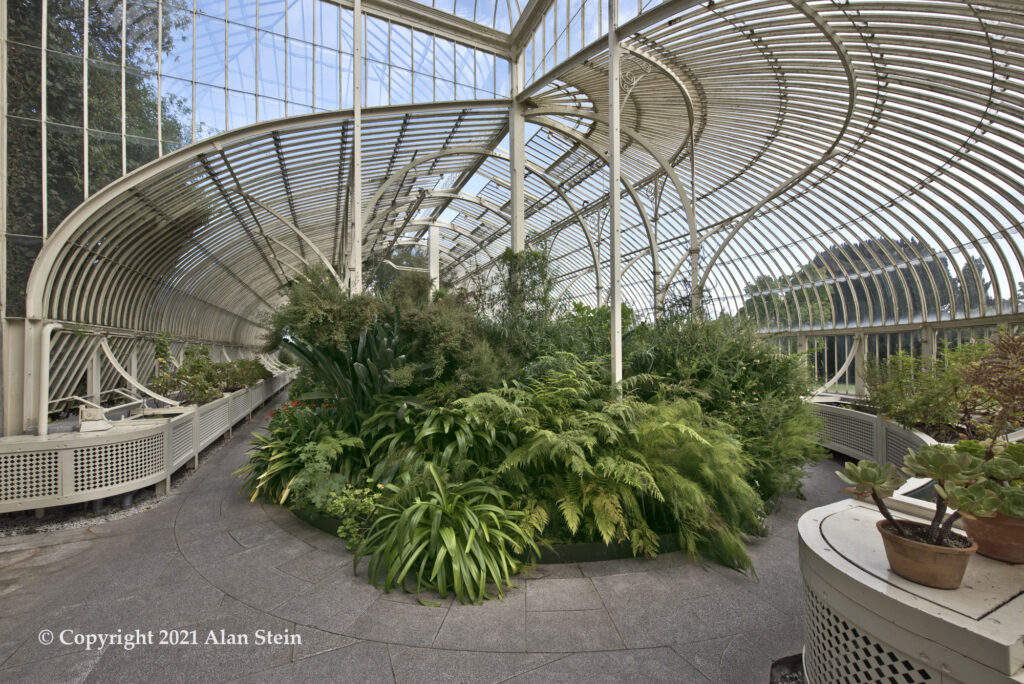
Architect: Richard Turner
Location: Dublin, Ireland
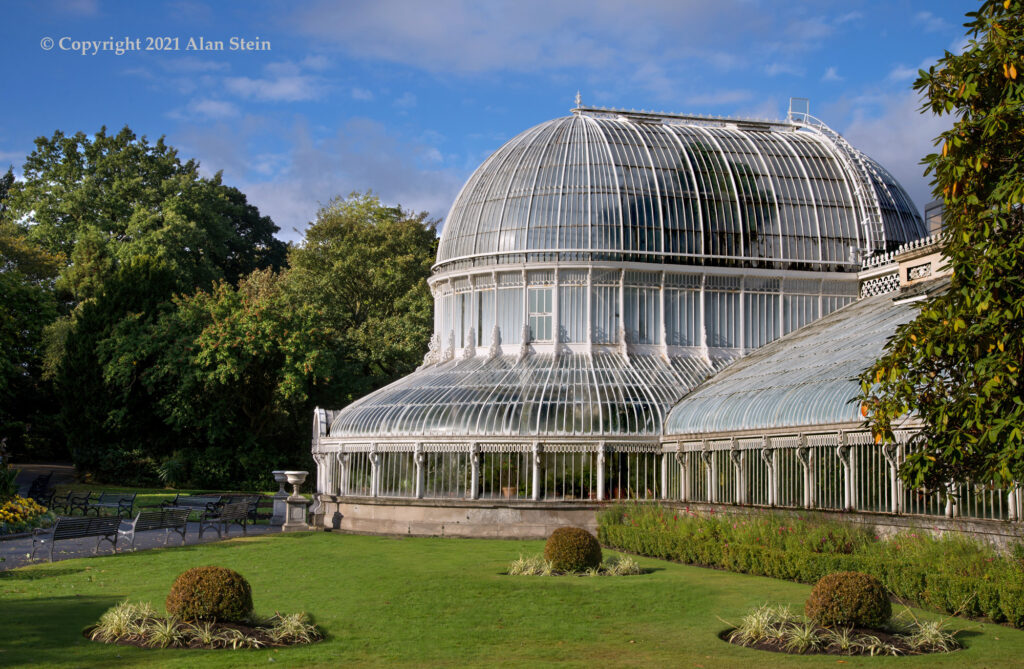
Architect: Sir Charles Lanyon
Location: Belfast, Northern Ireland
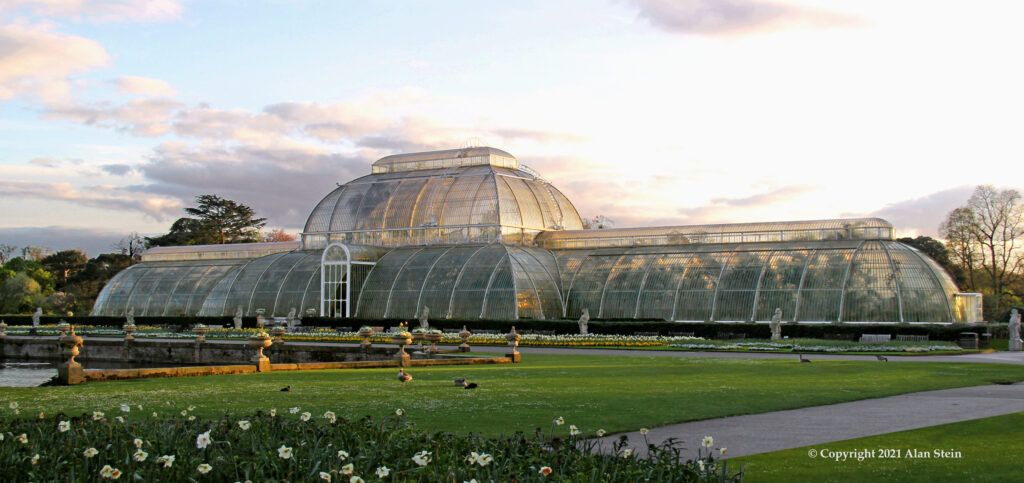
Architect: Decimus Burton
Location: Royal Botanic Gardens at Kew, Richmond, England
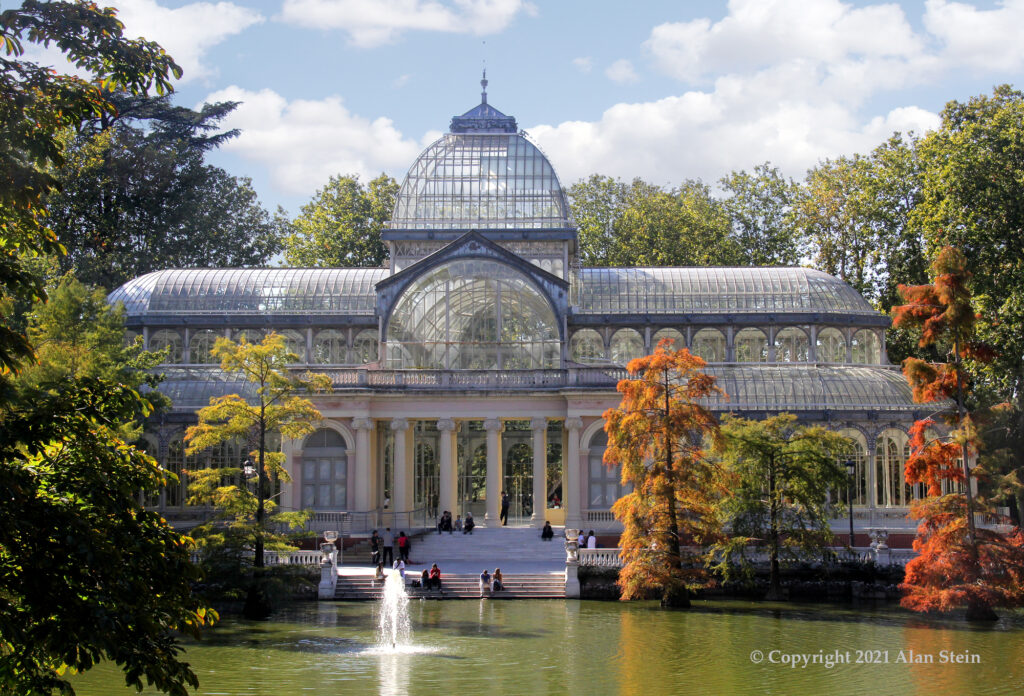
Architect: Ricardo Velazquez Bosco
Location: Madrid, Spain
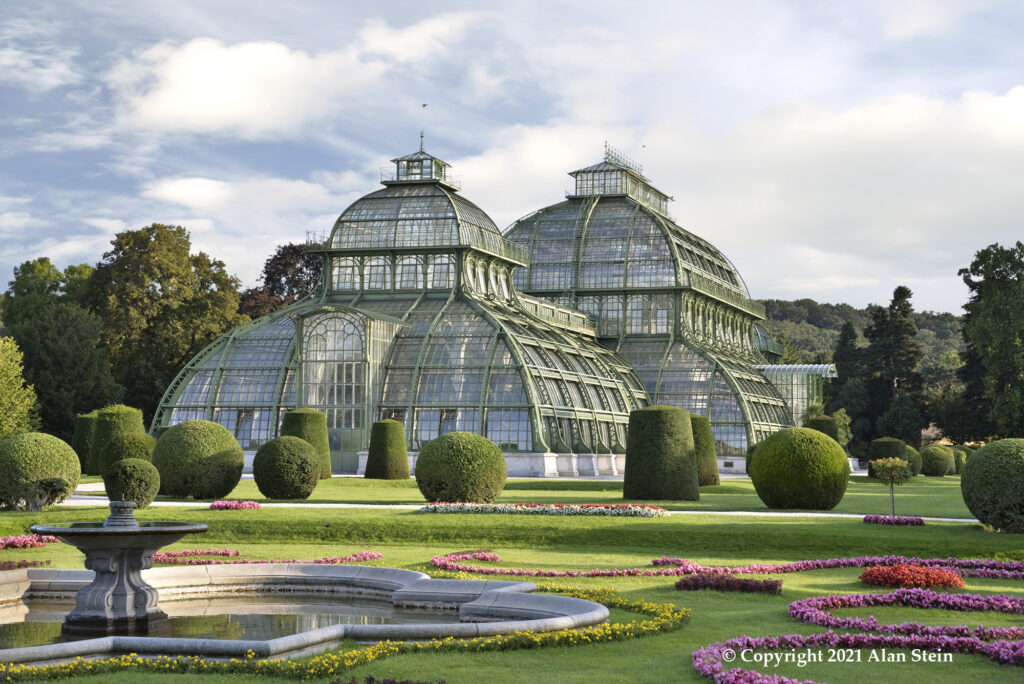
Architect: Franz Xaver von Segenschmid
Location: Vienna, Austria
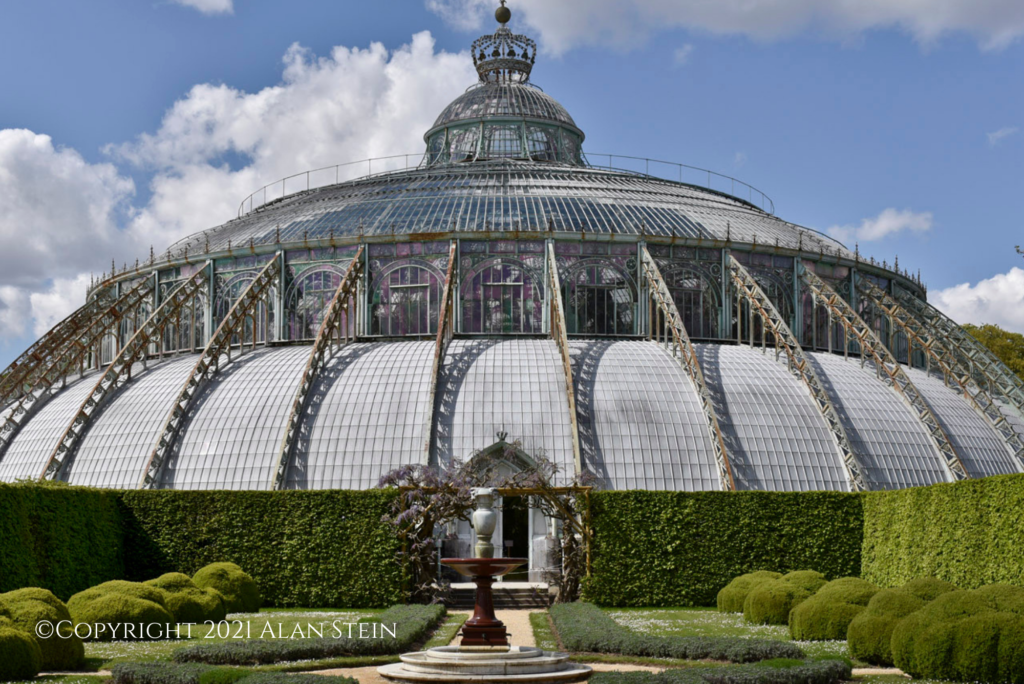
Architect: Alphonse Balat
Location: Brussels, Belgium
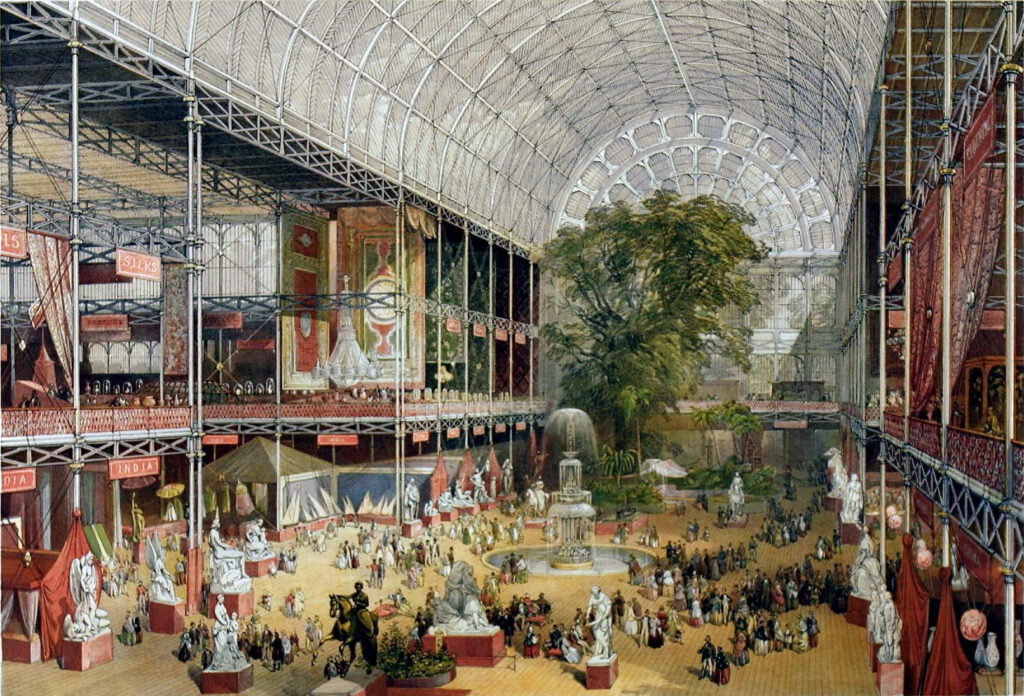
Architect: Sir Joseph Paxton
Location: First constructed in London, England during the Great Exhibition of 1851, 26 weeks later it was disassembled and relocated to Sydenham Hill where it stood for the next 80 years before it was sadly destroyed in the great fire of 1936.
To learn more about the impact of the Industrial Revolution on Conservatory Architecture, order a copy of The Conservatory: Gardens Under Glass today!

